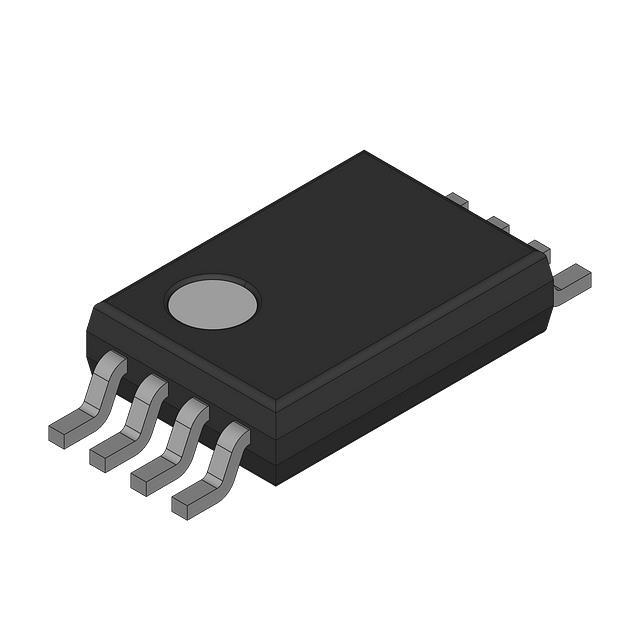

| Part number: | MAX7425CUA |
|---|---|
| Product classification: | Filters - Active |
| Manufacturer: | Maxim Integrated / Analog Devices |
| Type: | SWITCHED CAPACI |
| Encapsulation: | - |
| Packing: | Bulk |
| Quantity: | 3560 |
| RoHS: | |
Quantity
Price
Total price
75
$4.8600
$364.5000


| TYPE | DESCRIPTION |
| Mfr | Maxim Integrated / Analog Devices |
| Series | - |
| Package | Bulk |
| Product Status | ACTIVE |
| Package / Case | 8-TSSOP, 8-MSOP (0.118", 3.00mm Width) |
| Filter Type | Elliptic, Low Pass Switched Capacitor |
| Mounting Type | Surface Mount |
| Voltage - Supply | 2.7V ~ 3.6V |
| Number of Filters | 1 |
| Filter Order | 5th |
| Frequency - Cutoff or Center | 45kHz |
| Supplier Device Package | 8-µMAX |













